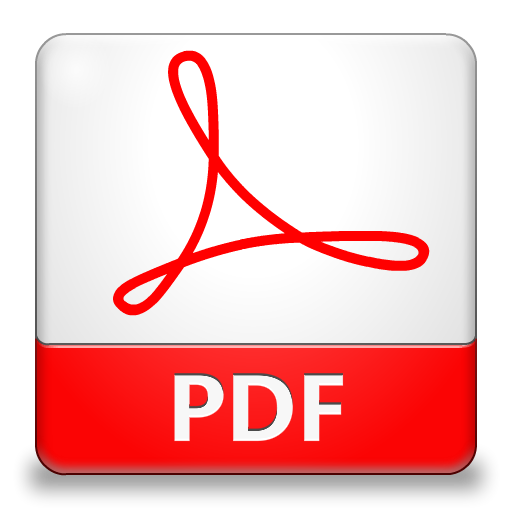Agricultural lime spreading application rates
The amount of Ag lime required to adjust soil pH, this will depend on the current soil pH, soil type, annual rainfall, farming systems and lime quality.
It is recommended to take soil tests or complete some form of soil mapping to understand you your soil constraints and soil variability.
Pure calcium carbonate (NV 100) applied 1 tonne/ha will increase topsoil pH by approximately 0.7 on sand, 0.5 on loam and 0.3 on clay soils.
Make sure you compare the actual landed cost of each lime product you are comparing.
Pacific Fertiliser can supply, deliver and spread Ag lime in QLD, NSW and VIC. We have the ability to test soil pH with the Veris soil mapping equipment and the results can be feed into our variable rate spreader fleet as a lime prescription map.
Effective Cost ($/t) = Cost of Product ($/t) x 100 / Neutralising Value (NV)
Generally the finer the product the faster it will react, but there is a trade off with the ability to handle and spread the product once you go below a top size of 500um.
Please note while the reaction in the top soil might be faster with very fine lime, the amount of lime required to adjust pH is the same based on 100% NV. Don’t believe the prilled lime marketing that you can use 75% less lime with products like Calciprill or Ozcal. Prilled lime & granulated lime are perfect for pH maintenance, aerial applications or placement in the seed bed, but not large pH adjustments.

Estimated pH Changes Using Ag lime on various soil types

GRDC – Lime Additional Rates to Treat Various Soil Depths











